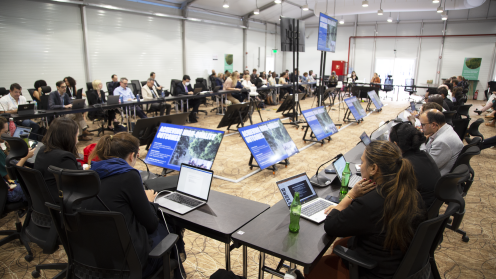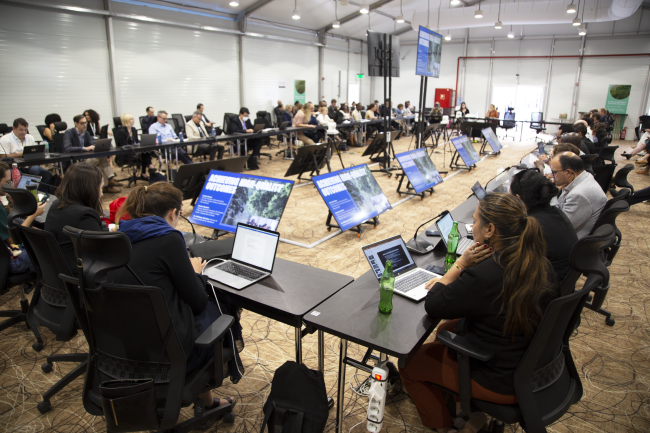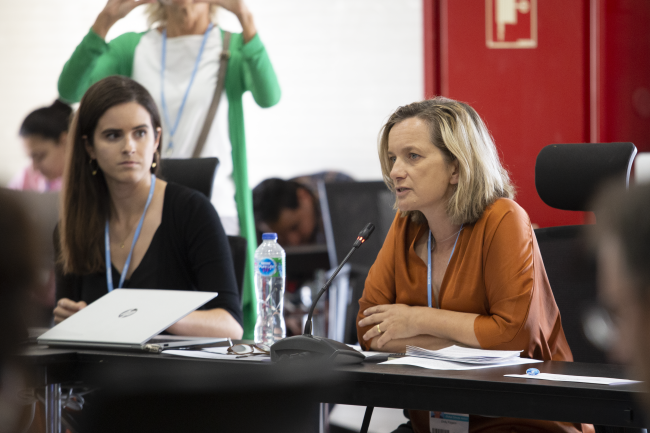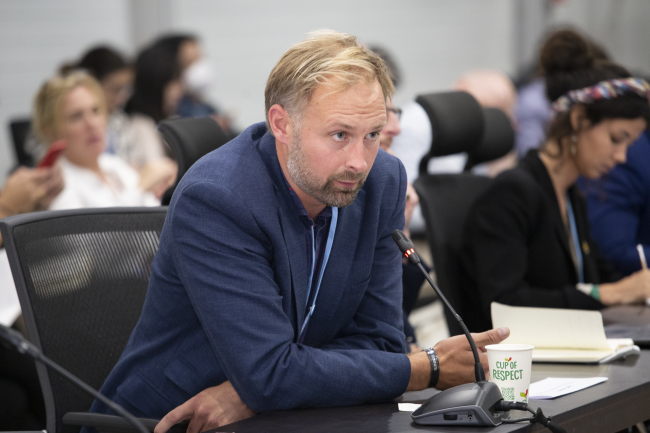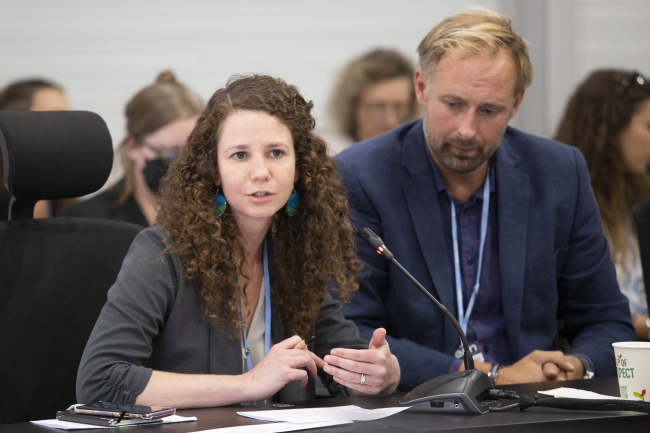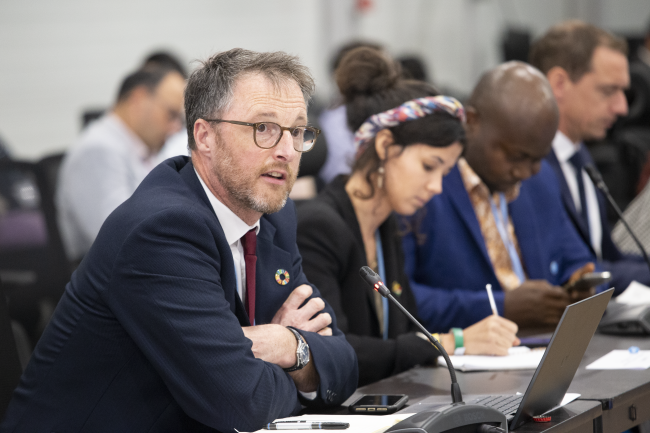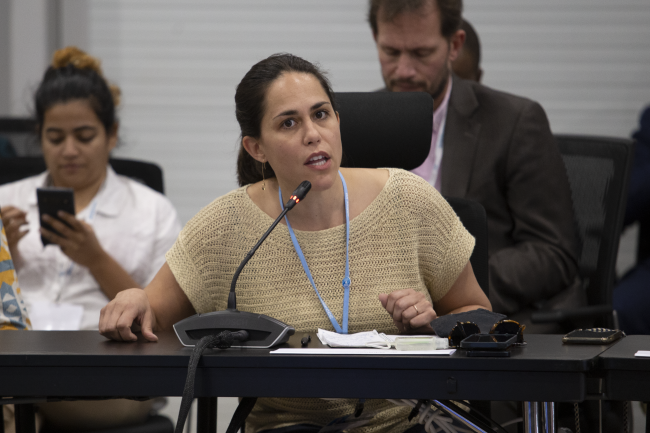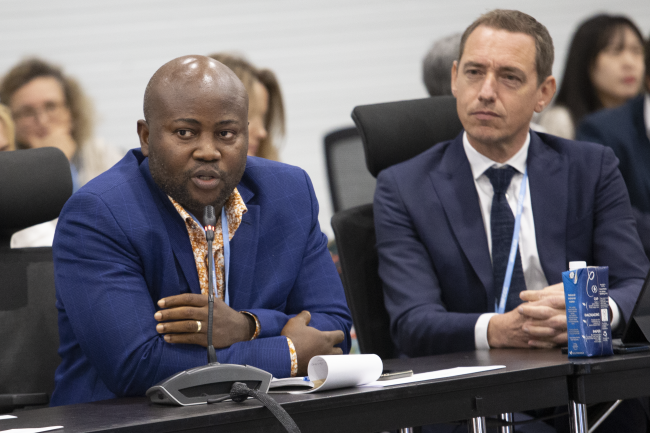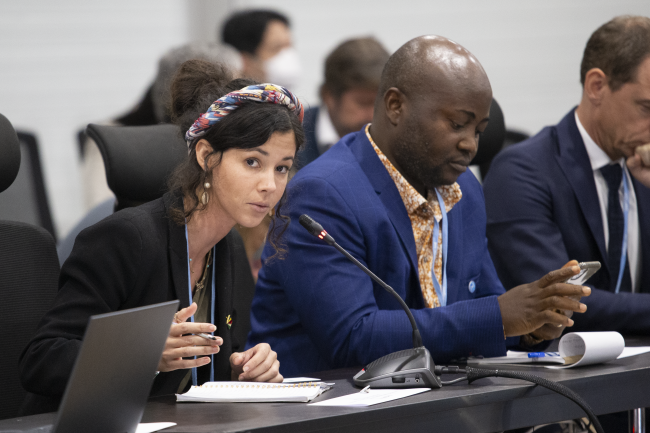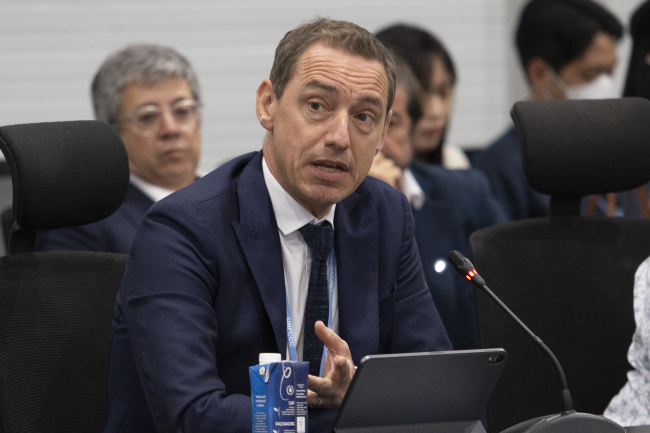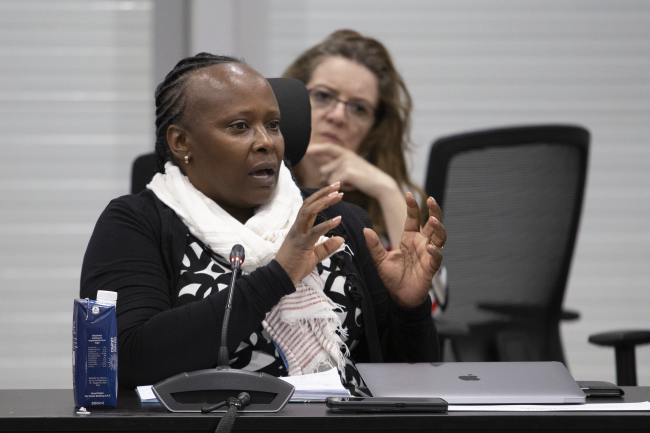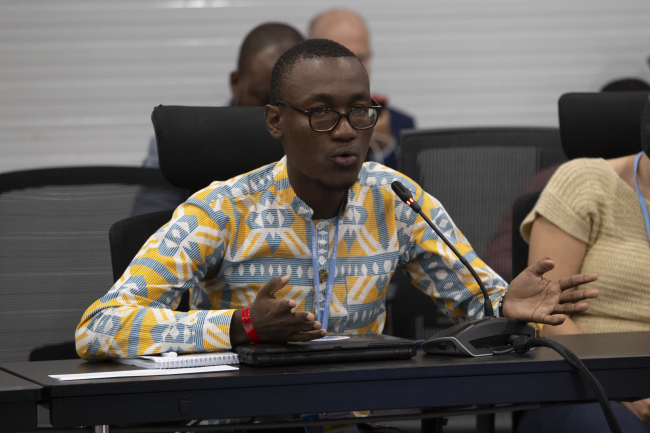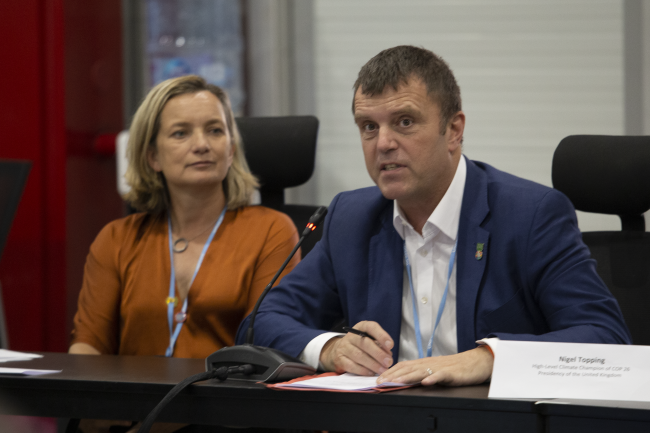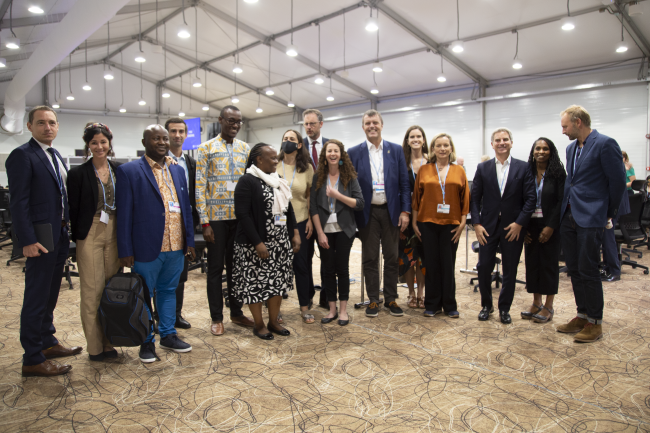About
This event showcased on-the-ground efforts to implement nature-based solutions (NbS) for climate change mitigation and adaptation, as well as the financial instruments and quality assurances required to scale up the potential of blue carbon.
With the launch during COP 27 of the Mangrove Breakthrough initiative by the Global Mangrove Alliance and the UN Climate Change High-level Champions, the potential and challenges of harnessing the natural power of “blue carbon” ecosystems has received increased recognition and momentum. This event showcased on-the-ground efforts to implement nature-based solutions (NbS) for climate change mitigation and adaptation, as well as the financial instruments and quality assurances required to scale up the potential of blue carbon.
Moderator Emily Pidgeon, CI, opened the event by highlighting the need to restore, conserve, and manage blue carbon ecosystems, such as mangrove forests, tidal marshes, and seagrass meadows, which are powerful resources for storing carbon. Offering high-level opening remarks, Marcia Toledo, Resilience Lead for the UN Climate Champions, stressed that the launch of the Sharm El-Sheikh Adaptation Agenda is an opportunity for state and non-state actors to create innovative solutions.
In the first roundtable on finance, Dan Crockett, Blue Marine Foundation, stressed the need to get stakeholder groups talking together, bring governments on board, and create more transparency. He emphasized that “the money is there” but that the key is to “minimize risk” and motivate investors to move into the blue carbon space.
Lisa Schindler-Murray, Rare, highlighted the Mangrove Breakthrough initiative’s financial goal for restoring mangrove forests and noted that too many blue carbon projects are fragmented. Schindler-Murray stressed the need for a mix of public, private, and market-based financing.
Chip Cunliffe, ORRAA, highlighted the need to de-risk investments in preserving and restoring blue carbon, as well as gathering data to identify blue carbon sites. Cunliffe urged moving forward “rapidly but doing so responsibly.”
In a roundtable on “Achieving High-Quality Outcomes,” Whitney Johnston, Salesforce, highlighted principles of quality blue carbon markets and solutions, which were developed through a stakeholder engagement process. These principles include, inter alia: empowering people; operating contextually and locally; and employing the best information and practices. Johnston stressed the need to “go slow to go fast” by building trust with local communities through organizations that already have such trust in place.
Maxine Burkett, Bureau of Oceans and International Environmental and Scientific Affairs, Department of State, US, emphasized that blue carbon projects must deliver multiple outcomes, including both emissions reductions, as well as financial and climate adaptation benefits to local communities. Burkett noted the need for data and funding to map baseline stocks of blue carbon and then to scale up projects.
Carlos Correa, CI, and former Minister of Environment, Colombia, stressed the need for blue carbon projects to provide lasting benefits to communities. He offered, as an example, a project in a coastal community in Colombia that has built local trust and engagement. Continued funding is a challenge for such projects, he added, but this project has prompted residents to think more about conservation and biodiversity.
In the next roundtable, “Blue Carbon Nationally Determined Contributions (NDCs),” John F. Kannah, In-Country NDC Facilitator, Liberia, highlighted his country’s early move to include blue carbon in its NDC, and noted the importance of disaggregating environmental data to distinguish between green and blue carbon.
Victoria Alis, Wangari Maathai Foundation, highlighted the Seychelles’ work to achieve 100% protection of mangroves, as well as preserve seagrass meadows. Alis emphasized that this, too, requires data, as well as clear definitions of what “protection” means. Jerker Tamelander, Ramsar Convention on Wetlands, emphasized that blue carbon is insufficiently included in NDCs to date, particularly with respect to concrete targets. He noted capacity and knowledge gaps remain in relation to strategic planning processes.
In a final roundtable, titled “On the Ground Implementation,” Julie Mulonga, Wetlands International, highlighted the need to finance projects that are effective, rather than “just giving people lots of money to put plants in the ground.” Mulonga also urged breaking down silos to spur “connective action” on blue carbon.
Ailars David, SOA, Tanzania, underscored that local communities, scientists, and other stakeholders must be brought to the table together and that financing for blue carbon restoration and protection needs to take consider the fact that such projects will change people’s livelihoods.
Offering final thoughts, Nigel Topping, COP 26 High-level Champion, United Kingdom, urged learning from each other to pursue collective goals. Topping emphasized that we should “humanize” the implementation gap by mobilizing and transferring the blue carbon skill sets required for implementation.
Organizers: Conservation International, in collaboration with the High-Level Climate Champions, the Ocean & Climate Platform, IUCN, IOC-UNESCO, Blue Marine Foundation, Blue Carbon Initiative, International Partnership for Blue Carbon, WWF, Global Mangrove Alliance, ORRAA, and Plymouth Marine Laboratory.
Contact: Anaïs Deprez I outreach@ocean-climate.org
For more information: https://ocean-climate.org/
To receive free coverage of global environmental events delivered to your inbox, subscribe to the ENB Update newsletter.
